Integration Platform as a Service (iPaaS) delivers cloud-based solutions, facilitating seamless connectivity across diverse systems and applications. For companies undergoing digital transformation, iPaaS helps streamline integration processes and ensures efficient data flow.
Businesses embracing digital innovation leverage iPaaS to improve scalability and maintain agility. The solution supports multiple integration use cases, from cloud to on-premise systems, enhancing operational workflows and automation. By adopting iPaaS, organizations can quickly address integration challenges and reduce downtime, leading to improved productivity and efficiency.
What features make an iPaaS solution effective?iPaaS finds implementation across sectors like retail, finance, and healthcare, where rapid and secure data exchange is critical. Retailers use iPaaS to streamline supply chain operations, while healthcare providers enhance patient data integration, improving service delivery.
iPaaS solutions assist organizations in achieving greater connectivity between disparate systems and applications, driving efficiency and innovation across teams. It's a key enabler for digital transformation, supporting businesses in meeting the demands of a competitive market.
| Product | Market Share (%) |
|---|---|
| Boomi iPaaS | 12.5% |
| Microsoft Azure Logic Apps | 12.4% |
| MuleSoft Anypoint Platform | 10.4% |
| Other | 64.7% |

































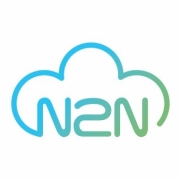

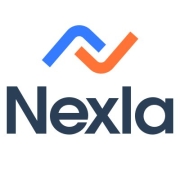
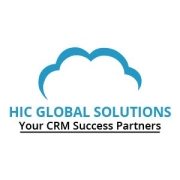
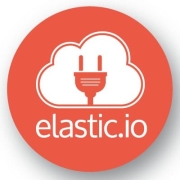
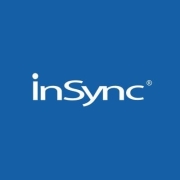



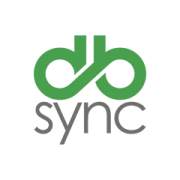
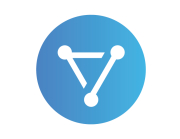







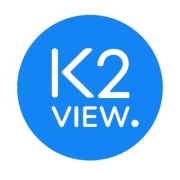




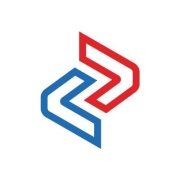







iPaaS is commonly used by large business-to-business (B2B) companies that need to integrate their on-premises data and applications with cloud data and applications. iPaaS is especially popular when speedy release time is key. Although IT departments could handle integration themselves, it can be more efficient and faster to use a third-party iPaaS provider instead.
A variety of factors, including customer expectations, staff departures, and fluctuating demand for certain tools, causes the needs of a company to be constantly changing. IT teams can’t keep up with custom integrations every time a new tool is adopted or an existing one needs modifying. As such, they are looking for ways for the end user to take over the integration management of new tools. iPaaS solutions can standardize how an organization takes on new applications and can ease process automation and the move of transactional data from the point of deployment.
An iPaaS will:
iPaaS solutions provide several benefits that can significantly enhance your business operations. These platforms enable seamless integration between various applications, allowing for streamlined data flow and reducing manual intervention. With iPaaS, you enjoy improved scalability, as you can easily adjust resources based on demand. Speed is another crucial advantage, as you can implement integration solutions rapidly, reducing time to market. Additionally, iPaaS improves data consistency and security, ensuring compliance with industry standards.
How does iPaaS improve workflow automation?By leveraging iPaaS, you can automate many routine workflows, saving valuable time and resources. It enables you to connect disparate systems, facilitating automatic data transfer and process execution without human intervention. With pre-built connectors and integration templates, you can design intricate workflows that trigger based on specific conditions. This capability allows your team to focus on higher-value tasks while ensuring accuracy and efficiency across operations.
What factors should you consider when choosing an iPaaS provider?When selecting an iPaaS provider, consider the range of integrations offered to ensure compatibility with your existing systems. Evaluate the platform's scalability, as your business needs may grow over time. Pay attention to the user interface; a user-friendly design can significantly ease implementation and management. Security is paramount, so ensure the provider complies with industry standards and offers robust data protection features. Don't forget to assess customer support, as reliable assistance can make a big difference if issues arise.
How can iPaaS facilitate data transformation and ETL processes?iPaaS platforms are equipped to handle complex data transformation and ETL (Extract, Transform, Load) processes effectively. They provide tools to extract data from various sources, transform it according to your business needs, and load it into target systems seamlessly. By automating these steps, iPaaS ensures data accuracy and consistency. With its visual mapping tools and pre-built integration components, you can quickly design and deploy sophisticated data pipelines, reducing development time and resource expenditure.
What are the security considerations when using iPaaS solutions?Security is a critical consideration when implementing iPaaS solutions. Ensure the platform adheres to industry-specific compliance standards such as GDPR, HIPAA, or others relevant to your sector. Evaluate data encryption mechanisms during transmission and at rest. Check if the provider offers monitoring and logging capabilities to detect and address potential security threats promptly. User authentication and authorization features are also essential to protect sensitive data from unauthorized access. Assess these factors carefully to safeguard your business operations and customer data.